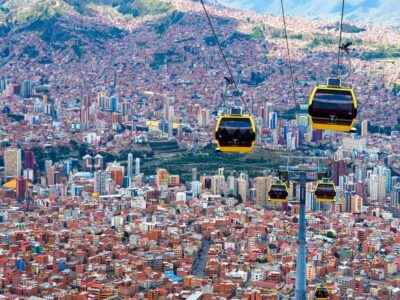
The rainfall slackens off slightly in February compared to the last couple of months, but this remains a decidedly drippy time of year in the majority of the country. Temperatures are almost at their annual peaks in the rainforest and much of the savanna, while the Andes are decidedly chilly. However, one big party this month brightens things up, and that's Carnival. There are some genuinely spectacular celebrations across Bolivia for this at the end of the month.
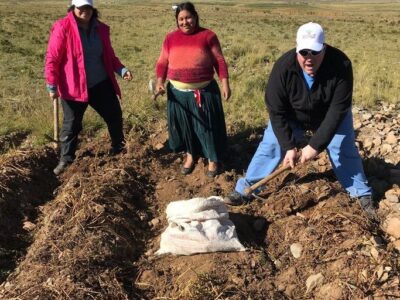
Adopted as an infant, kimkim traveler Casi Brough always dreamed of going back to her birth country of Bolivia. So when she and her husband Tim finally got the chance, they wanted to see it all. From planning the itinerary to hanging out on the famous Salt Flats, read all about Casi's two-week adventure below—and get inspired by her gorgeous photos, which will have you booking a flight to Bolivia in no time.
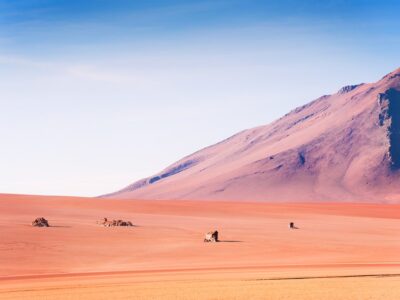
It's still peak season in August in Bolivia, with plenty of blue skies and dry days ideal for tackling outdoor pursuits all over the country—from hikes in the footsteps of Incas in the Andes to jungle tours by boat in the Amazon. In the latter half of the month, temperatures slowly creep up in the rainforest and the savanna, but it's still lovely and cool on the Altiplano. The best digs are snapped up quickly during this popular month.
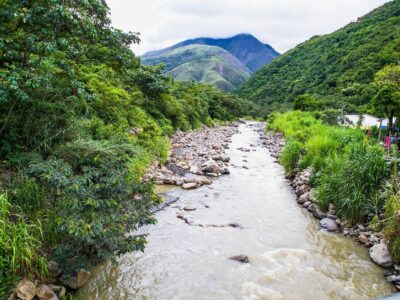
The end of the wettest weather brings travelers in greater numbers than have been seen in Bolivia for some months. Suddenly, visitors are eyeing up Bolivia's exceptional outdoor activities, particularly its hiking, and crowds of international and national holiday-makers descend on the country for that famous Latin American celebration of Semana Santa. As the rain decreases, it begins to get both sunnier and cooler in most areas.
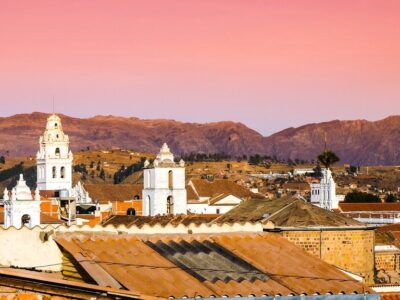
Christmas might be around the corner (along with several other exciting festivals), but the weather in Bolivia this month is surprisingly good. In fact, of all the low season months from November through March, December is arguably best for a visit, with lower rainfall, higher temperatures, and more overall sun. And if the rain does come down, Bolivia has a phenomenal culture to tap into, which can usually be done indoors: at one of La Paz's standout museums, for example, or in cities like Sucre or Tarija.
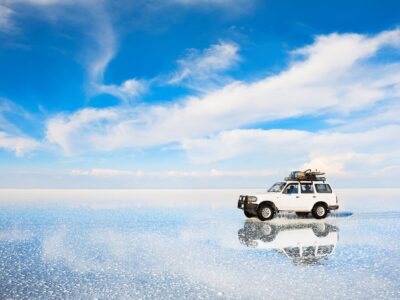
Summer is swiftly approaching and bringing with it rainy days to much of Bolivia in November, though nothing like what will fall in the coming months. Come now, and you'll experience the country at its tranquil best, with few crowds at major sights and milder weather up on the Altiplano, where the showers are slowly transforming the parched highlands into a lush carpet of wildflowers.
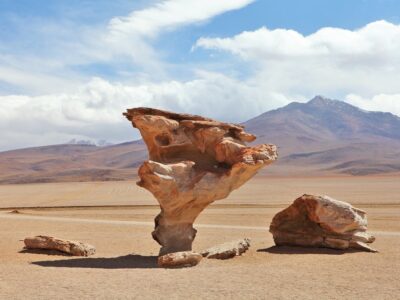
The rain steadily eases up in May, bringing drier days, brighter skies, and refreshingly cooler temperatures. May is a great time to visit all regions of the country, from the heights of the Andes to the depths of the rainforest. And if you're up for an outdoor adventure, go now for perfect conditions for hiking, mountain biking, rock climbing, and more. Just bear in mind that you won't be the only one traveling—the dry season marks the start of peak season in Bolivia.
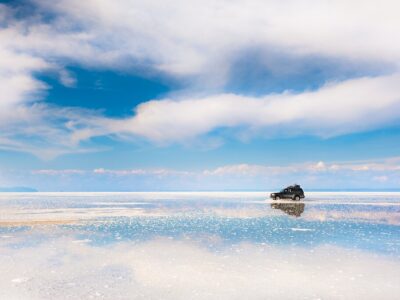
From the Amazon jungle to soaring Andean peaks, Bolivia spans a vast range of elevation and a variety of microclimates and landscapes. Generally speaking, altitude and topography determine variations in local climates, but nationwide a clear-cut distinction between the "winter" dry season and "summer" wet season makes any decision on when to visit fairly simple. Winter brings sapphire skies and cooler temperatures, while in summer, wildflowers bloom, yet fog, clouds, and flooding are common.
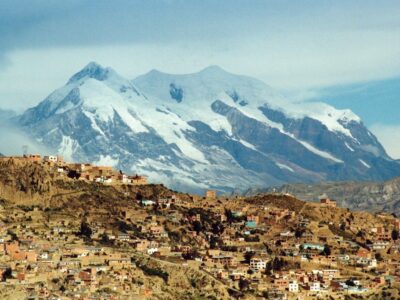
The rain comes down heavily in January across most of Bolivia, despite temperatures in some regions such as the rainforest being at their annual high. Yet, this is a great time to explore Bolivia's big cities like La Paz, Sucre, and Santa Cruz, including a host of cultural attractions that visitors in better weather pass over. The southeastern savanna is the most agreeable region now. Though parts of the Andes and rainforest are inaccessible due to rain, swelling water levels make for excellent white water rafting.
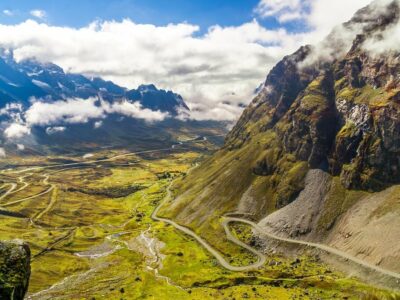
To properly experience Bolivia's diverse ecosystems and rich culture, plan on at least 10 days. In that time, you can visit different regions and tour cities and villages. With five days or a week, it's possible to hit many highlights like the southern salt flats and the Bolivian Amazon. And if you can spare two weeks, go big with an in-depth exploration of indigenous villages and geological sites or a trekking adventure around highland volcanoes and high-altitude lakes.
